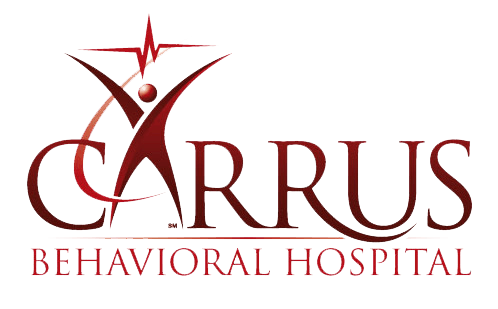
Mental health professionals diagnose attention-deficit/hyperactivity disorder (ADHD) through a thorough assessment of the child’s behavior in different settings, as provided by their parents, teachers, and caregivers. Individuals with ADHD usually show persistent patterns of behavior that become evident before the age of 12, which can impair their healthy development and function.
Since ADHD is a mental condition that shares symptoms with other disorders, mental health professionals need to take several steps to ensure diagnostic accuracy and the appropriate treatment for the patient. For this reason, there are guidelines medical providers must adhere to for diagnosing ADHD symptoms.
Below, we detail some of the steps mental health professionals take before arriving at an attention-deficit/hyperactivity disorder diagnosis.
Initial Assessment
The first step of the diagnostic process usually starts by gathering information about the patient’s medical history, developmental history, family medical history, and any other concerns or symptoms reported by the patient, parents, teachers, or caregivers. This information helps provide context and identify potential patterns of ADHD-related behaviors.
DSM-5 Diagnostic Criteria
Mental health professionals refer to the diagnostic criteria outlined in the Diagnostic and Statistical Manual of Mental Disorders (DSM-5) published by the American Psychiatric Association to aid them in making an accurate diagnosis of a patient’s condition. An ADHD diagnosis requires the presence of specific symptoms, evidence of impairment in multiple settings (e.g., home, school), and the onset of symptoms before the age of 12.
To meet the diagnostic criteria for ADHD, the following symptoms of inattention should be present:
- Difficulty maintaining focus and attention on tasks or activities
- A struggle to pay close attention to details and trouble following through on instructions
- Frequent forgetfulness
- Not actively listening when being spoken to
- Inability to remain organized in thinking and activities
- Avoidance of tasks that require sustained mental effort
- Frequently misplacing or losing items
- Being easily distracted by external stimuli
The following symptoms of hyperactivity and impulsivity should be present:
- Exhibiting symptoms of restlessness while seated, such as fidgeting, foot-tapping, and squirming; the inability to remain seated for long periods of time
- Difficulty with activities that require a peaceful and quiet environment
- Feeling a constant need to be moving
- Excessive talking and speaking when it’s not their turn to speak; interrupting conversations
Rating Scales and Questionnaires
Often a critical step is the use of standardized rating scales and questionnaires to assess a patient’s ADHD symptoms and their severity. These tools help gather information from multiple perspectives, such as parents, teachers, or the patient themselves. Examples of commonly used rating scales include the ADHD Rating Scale, Conners’ Rating Scales, and Vanderbilt’s ADHD Rating Scales, which include various domains of ADHD symptoms such as inattention, hyperactivity, and impulsivity.
ADHD Treatment in Sherman, TX
For the comprehensive treatment of ADHD, choose Carrus Behavioral Health Hospital. We are a state-of-the-art inpatient treatment facility for children with ADHD, who need to be in a safe, caring, and supportive environment to regain their health and self-esteem and complete their healing and recovery. We also offer high-quality outpatient services for patients with ADHD to help them get back on track.
Our team of mental health professionals consists of board-certified child and adolescent psychiatrists, clinical psychologists, board-certified pediatricians, licensed family therapists, licensed professional counselors, a chaplain, and more, who all work toward meeting your child’s unique needs and helping them throughout their progression.
For any questions about our behavioral health services, call our office today at (903) 870-1222. Our friendly staff looks forward to assisting you.

